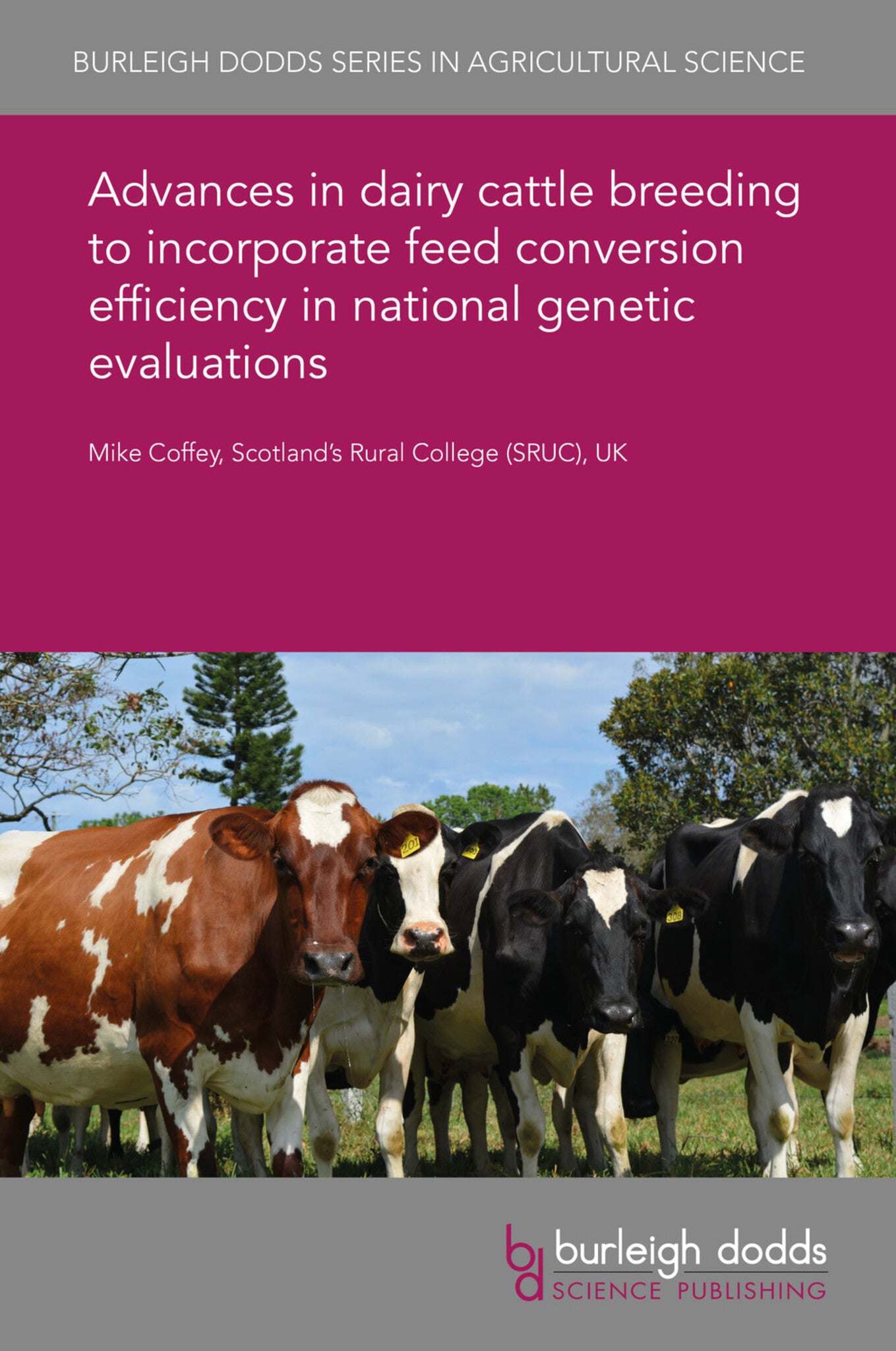We're sorry. An error has occurred
Please cancel or retry.
Advances in dairy cattle breeding to incorporate feed conversion efficiency in national genetic evaluations
Regular price
£25.00
Sale price
£25.00
Regular price
£25.00
Unit price
/
per
Sale
Sold out
Re-stocking soon
Genomic selection is often cited as being particularly effective for difficult to measure and/or expensive traits since recording can be specifically organised in nucleus herds and the benefits of ...
Read More

Some error occured while loading the Quick View. Please close the Quick View and try reloading the page.
Couldn't load pickup availability
- Format:
-
23 December 2019

Genomic selection is often cited as being particularly effective for difficult to measure and/or expensive traits since recording can be specifically organised in nucleus herds and the benefits of that recording can be distributed to others through genomic breeding values on genotyped animals that do not yet (or may never) have phenotypes. This scenario is particularly relevant for feed intake and methane emissions in dairy cows and will be explored in more detail in this chapter. Industry structural changes either needed to record feed intake or caused by recording feed intake will be explored and suggestions made as to the eventual outcome.

Price: £25.00
Publisher: Burleigh Dodds Science Publishing
Imprint: Burleigh Dodds Science Publishing
Series: Burleigh Dodds Series in Agricultural Science
Publication Date:
23 December 2019
ISBN: 9781786765574
Format: eBook
BISACs:
TECHNOLOGY & ENGINEERING / Agriculture / Sustainable Agriculture, Dairy farming, TECHNOLOGY & ENGINEERING / Agriculture / Animal Husbandry, Sustainable agriculture, Animal husbandry, Animal breeding

1 Introduction 2 The importance of feed efficiency as a target for breeding 3 Recording feed intake 4 Pooling genetic data on feed intake 5 Establishing genomic breeding values for feed efficiency 6 Future trends 7 Conclusion 8 Where to look for further information 9 References



